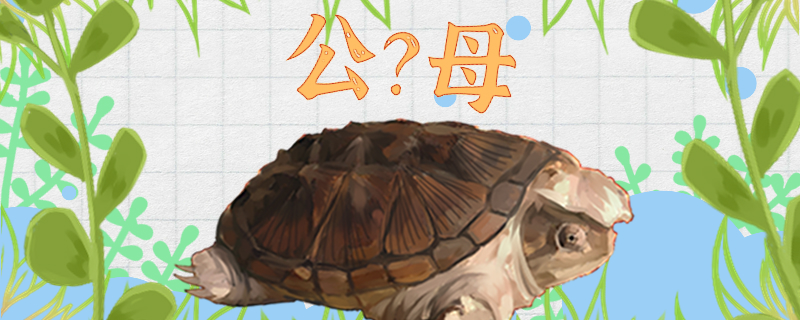
1. Difference in carapace shape: The carapace shape of male and female turtles is different. You can distinguish their male and female turtles by observing their shape. If the carapace looks square, it's a female turtle; If the carapace looks longer, it's a male.
2. The difference of the location of genital pores: The location of genital pores of male and female turtles is different. Male turtles have gonopores farther from the edge of their carapace, usually beyond the first spine of their tail. Female turtles, on the other hand, have gonopores closer to the edge of their carapace, usually within the first spine of their tail.
3. Tail difference: The tail difference between the male turtle and the female turtle of the crocodile turtle is also relatively large. First of all, you can look at the base of their tail, if it is relatively thin, then it is a female turtle; On the contrary, the base of the tail is thick, which is a male turtle. You can also see the length of their tails, male turtles have longer tails and female turtles have shorter tails.
4, the difference between the plastron: their plastron is also different, the male turtle's plastron will have a part of the depression into, and the female turtle is not this depression.
The male and female snapping turtles can be raised together, and generally there will be no conflict. However, considering their relatively large size, it is better to separate them after they become adults, otherwise there may be insufficient space. If they are mixed, it can be when they are in the juvenile stage, or when they are in the breeding stage. When they are mixed, they need to be provided with enough food to avoid fighting for food.